White-backed Duck
Posted: Mon May 21, 2012 6:10 pm
101. White-backed Duck Thalassornis leuconotus (Witrugeend)
Order: Anseriformes. Family: Anatidae (formerly: Dendrocygnidae). Subfamily: Thalassorninae
Description
43 cm. A mottled brown, hump-backed, large-headed diving duck. Head and neck buff but densely spotted black (darkest on crown, white spot at base of black bill, rest of upperparts rufous with dark brown barring and spots. White back is visible only in flight. Take-off is long and laboured, and in flight the feet project well beyond the short tail. In flight, upperwing-coverts dark brown with buff and white spots and bars, flight feathers pale brown with very narrow whitish tips to secondaries; underwings buff brown. Legs flesh-pink, darkening to blackish on feet. The sexes are similar.
Juvenile: darker and duller, with more black spotting on cheeks and upper neck, less distinctive barring below.
Distribution
Sub-Saharan Africa, in Southern Africa: Namibia, Botswana, Zimbabwe, South Africa, KwaZulu-Natal, Lesotho, Swaziland.
Habitat
Fresh water, typically among floating vegetation. Lakes, ponds, secluded wetlands and marshes.
Diet
The diet consists mostly of water lily bulbs and also seeds of aquatic plants.
Breeding
Both sexes build the nest which is located in a dense stand of reeds or rushes or grasses or sedges growing in the water, the vegetation is bent over to form a bowl of plant material drawn in from around the site and padded with green aquatic grass. The nest can be floating or built up on the vegetation to as high as 45 cm above water level. It is sometimes built on top of an old grebe or Red-knobbed coot nest. There is also vegetation overhanging the nest, which helps to obscure it from above. The nest itself consists of a bowl of dead or living plant material drawn in from around the site and padded with green aquatic grass. Breeding season is year-round.
The clutch consists of 4-9 eggs (1 laid per day). Both adults incubate the eggs for 29-33 days before they hatch. The female incubates at night and for a short time during the day; the male being responsible for the rest of the time. The change-over is preceded by calls, the duck usually approaching under the water.
Ducklings are able to swim, dive and feed within 20 hours of hatching.
Call
Tit-weet. Two note low-pitched whistle, rising on the second syllable.
Status
Uncommon resident.
Order: Anseriformes. Family: Anatidae (formerly: Dendrocygnidae). Subfamily: Thalassorninae
Description
43 cm. A mottled brown, hump-backed, large-headed diving duck. Head and neck buff but densely spotted black (darkest on crown, white spot at base of black bill, rest of upperparts rufous with dark brown barring and spots. White back is visible only in flight. Take-off is long and laboured, and in flight the feet project well beyond the short tail. In flight, upperwing-coverts dark brown with buff and white spots and bars, flight feathers pale brown with very narrow whitish tips to secondaries; underwings buff brown. Legs flesh-pink, darkening to blackish on feet. The sexes are similar.
Juvenile: darker and duller, with more black spotting on cheeks and upper neck, less distinctive barring below.
Distribution
Sub-Saharan Africa, in Southern Africa: Namibia, Botswana, Zimbabwe, South Africa, KwaZulu-Natal, Lesotho, Swaziland.
Habitat
Fresh water, typically among floating vegetation. Lakes, ponds, secluded wetlands and marshes.
Diet
The diet consists mostly of water lily bulbs and also seeds of aquatic plants.
Breeding
Both sexes build the nest which is located in a dense stand of reeds or rushes or grasses or sedges growing in the water, the vegetation is bent over to form a bowl of plant material drawn in from around the site and padded with green aquatic grass. The nest can be floating or built up on the vegetation to as high as 45 cm above water level. It is sometimes built on top of an old grebe or Red-knobbed coot nest. There is also vegetation overhanging the nest, which helps to obscure it from above. The nest itself consists of a bowl of dead or living plant material drawn in from around the site and padded with green aquatic grass. Breeding season is year-round.
The clutch consists of 4-9 eggs (1 laid per day). Both adults incubate the eggs for 29-33 days before they hatch. The female incubates at night and for a short time during the day; the male being responsible for the rest of the time. The change-over is preceded by calls, the duck usually approaching under the water.
Ducklings are able to swim, dive and feed within 20 hours of hatching.
Call
Tit-weet. Two note low-pitched whistle, rising on the second syllable.
Status
Uncommon resident.
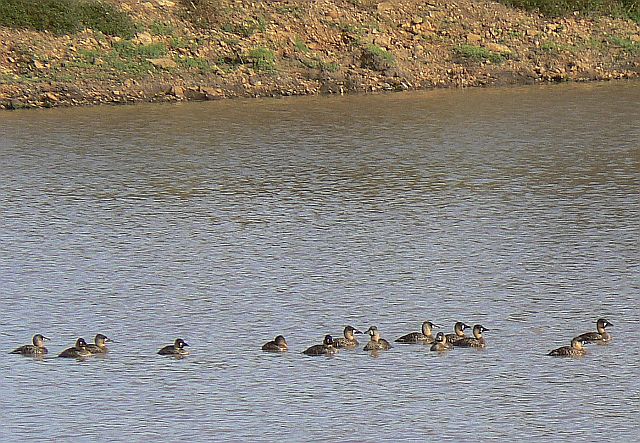
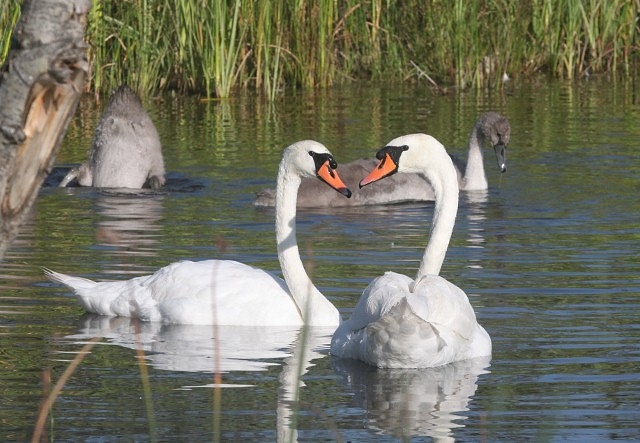
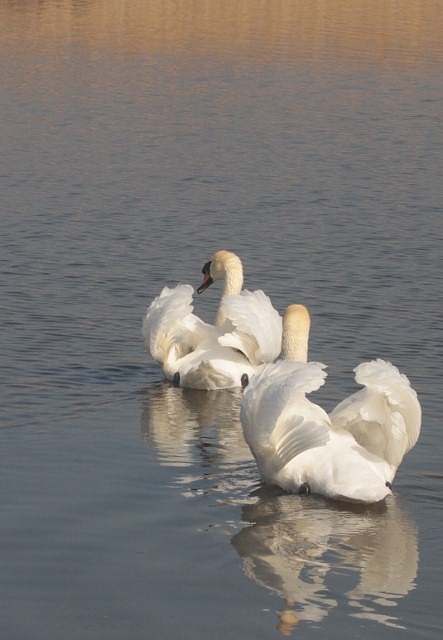
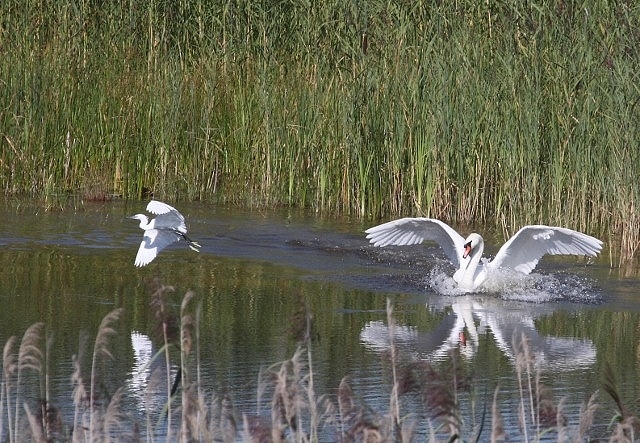
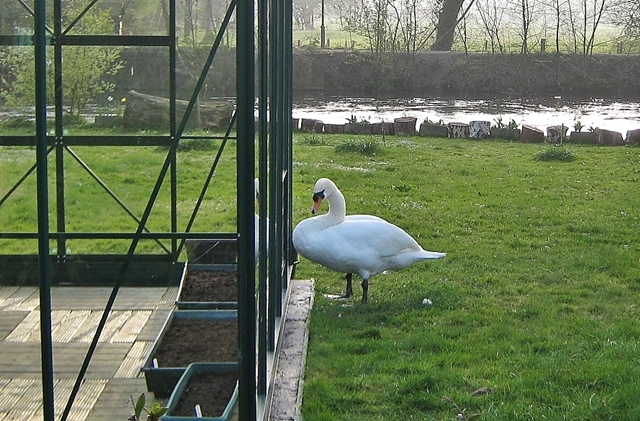 © Flutterby
© Flutterby
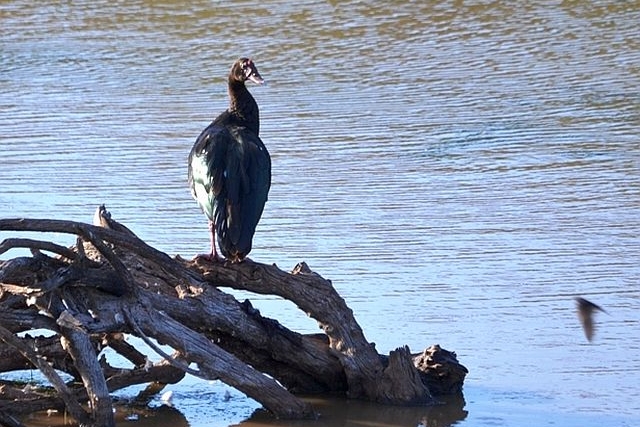 © Mel
© Mel © Flutterby
© Flutterby © Michele Nel
© Michele Nel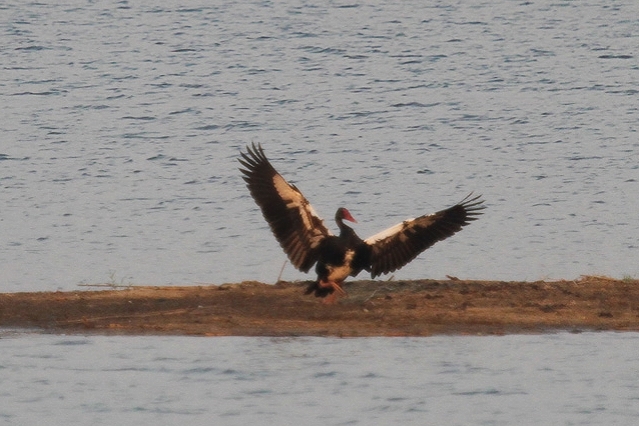 © leachy
© leachy © pooky
© pooky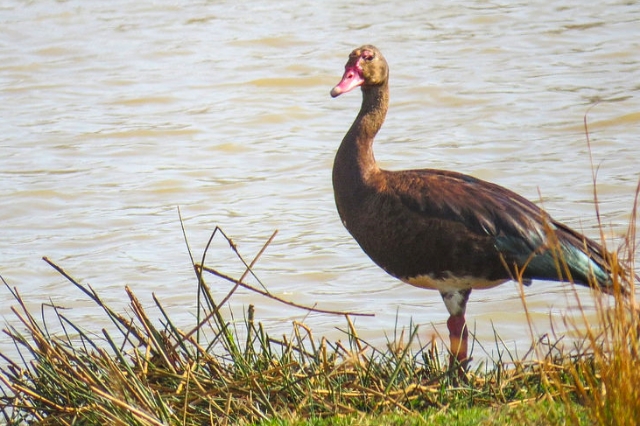 © steamtrainfan
© steamtrainfan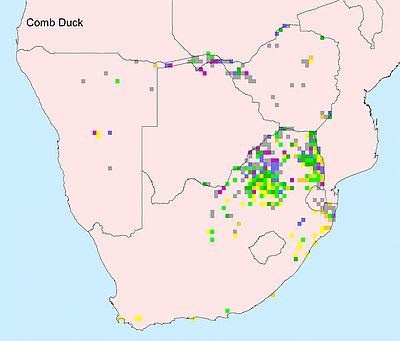
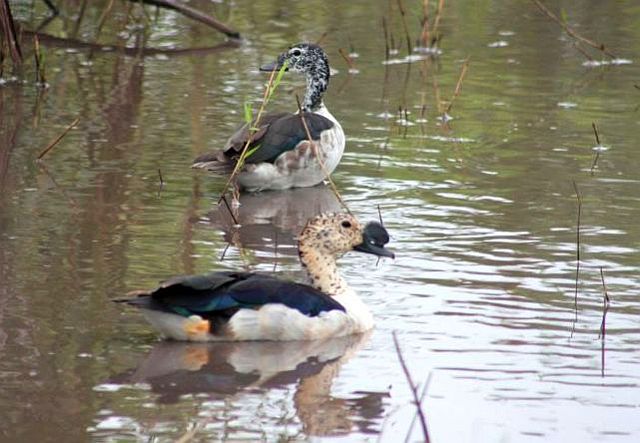 © harrys
© harrys © Sprocky
© Sprocky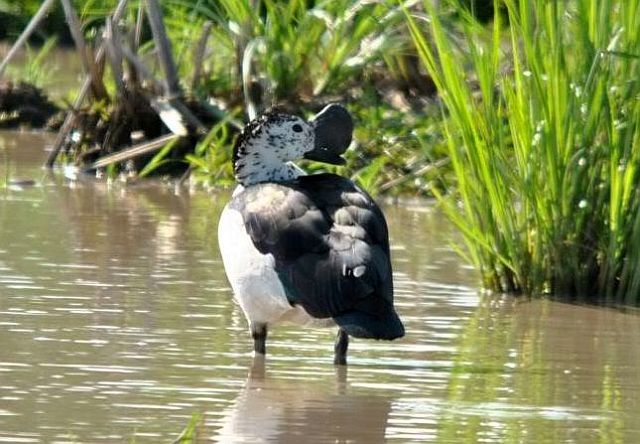 © lowveldboy
© lowveldboy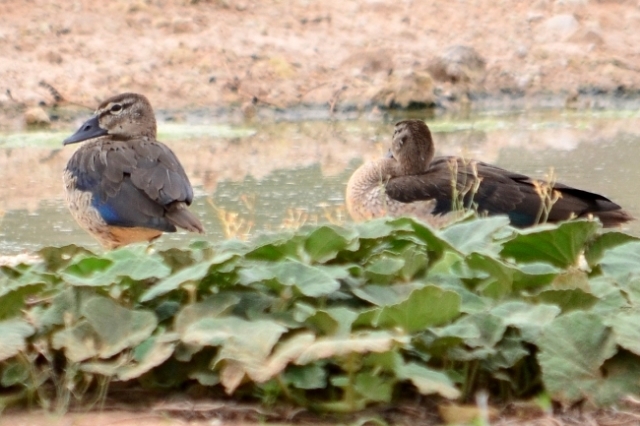 © Mel
© Mel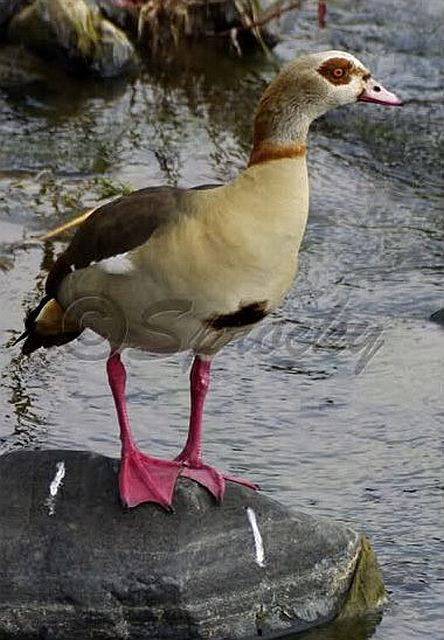
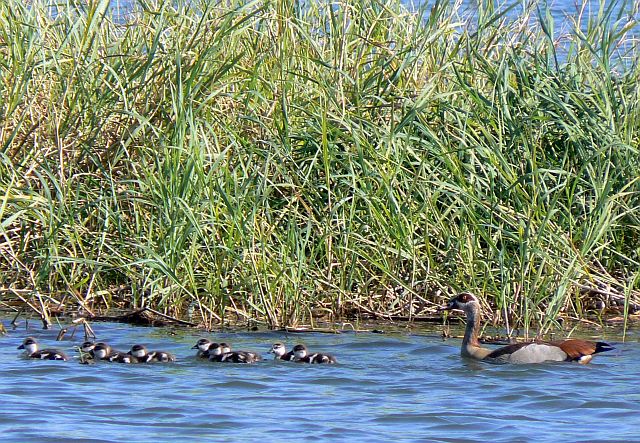 © Toko
© Toko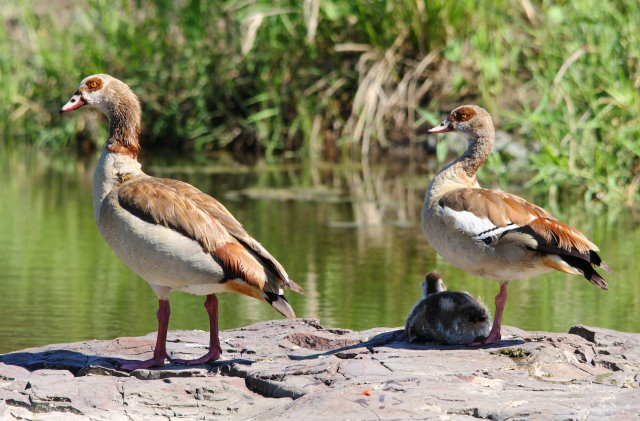 © Flutterby
© Flutterby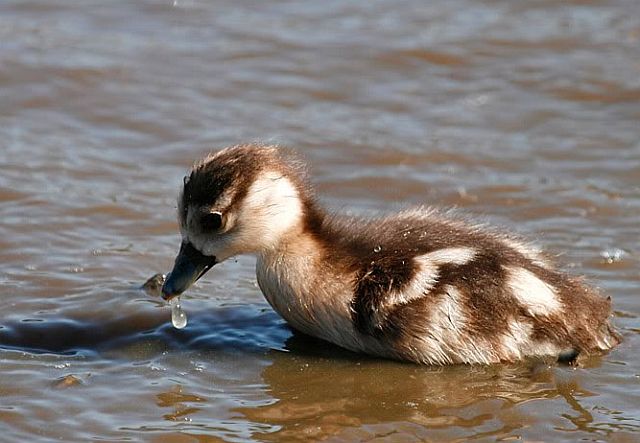 © leachy
© leachy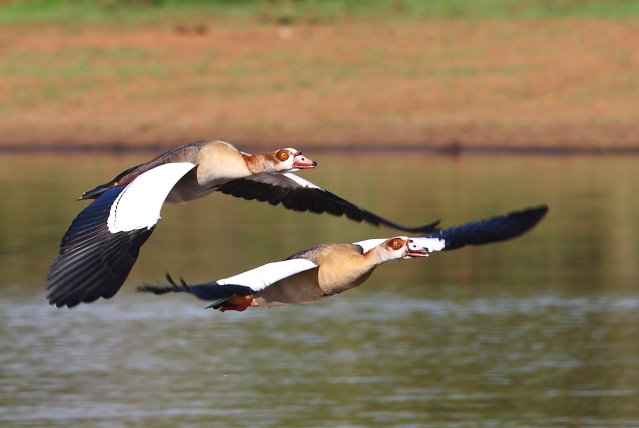 © Flutterby
© Flutterby